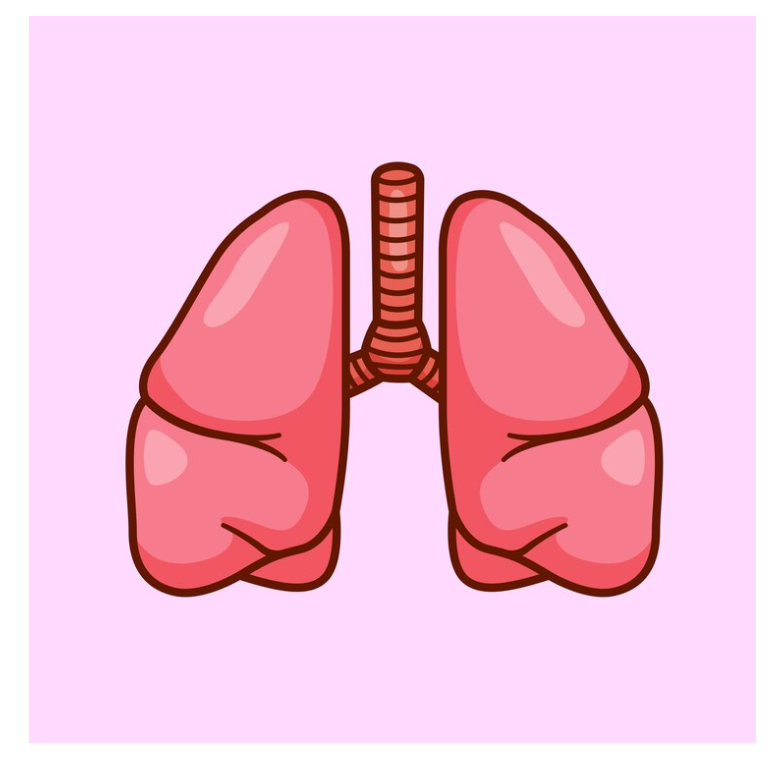
Complications and Potential Risks Associated with Lung Disease
Understanding Common Complications of Lung Disease
Introduction
Living with lung disease presents various challenges. However, understanding the potential complications is essential for effective management. In this blog, we will explore common complications and risks associated with lung disease, helping individuals take proactive steps to manage their health.
1. Respiratory Infections
Individuals with lung disease are more vulnerable to respiratory infections such as pneumonia and bronchitis. These infections can worsen existing symptoms, lead to flare-ups, and cause further damage to the lungs.
Early prevention and treatment are crucial to manage these risks.
2. Pulmonary Hypertension
Chronic lung conditions can strain the blood vessels in the lungs, resulting in pulmonary hypertension. This condition involves high blood pressure in the lungs, leading to symptoms like shortness of breath, fatigue, and even heart failure if not treated effectively.
3. Pneumothorax
A pneumothorax, or collapsed lung, occurs when air leaks into the space between the lung and chest wall. This condition can cause sudden chest pain, difficulty breathing, and can be life-threatening if not treated quickly. Timely medical attention is essential for managing pneumothorax.
4. Cor Pulmonale
Cor pulmonale refers to the enlargement of the right side of the heart due to high blood pressure in the pulmonary arteries caused by lung disease. Symptoms of this condition may include swelling in the legs and abdomen, along with fatigue.
Management of underlying lung conditions can help prevent further complications.
5. Lung Cancer
Chronic lung inflammation and damage increase the risk of developing lung cancer. Regular screening and early detection are key to improving outcomes. Early treatment can significantly enhance survival rates for individuals with lung disease.
6. Respiratory Failure
In severe cases of lung disease, respiratory failure may occur. This happens when the lungs can no longer provide enough oxygen or remove carbon dioxide effectively, which can be life-threatening. Mechanical ventilation may be required in such cases to support breathing.
Conclusion
Being aware of the complications and risks associated with lung disease is crucial for both individuals and healthcare providers. By recognizing these complications early and taking proactive steps to manage lung health, individuals can reduce risks and improve their quality of life.
To seek medical advice, always consult a Doctor. Here are our recommended experts. Click here
To read more on Respiratory disease . Click Here



